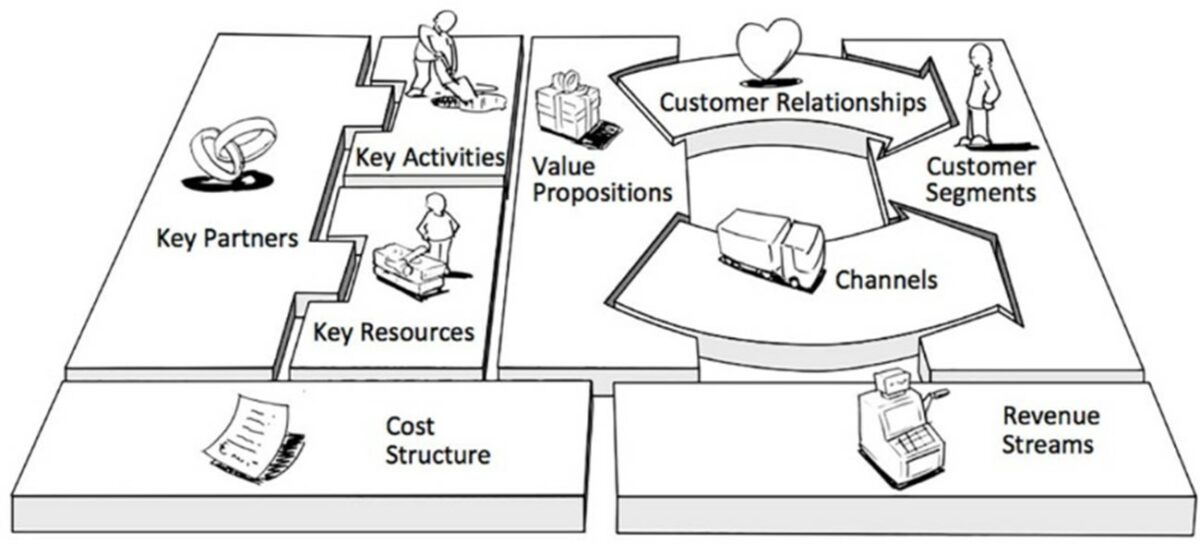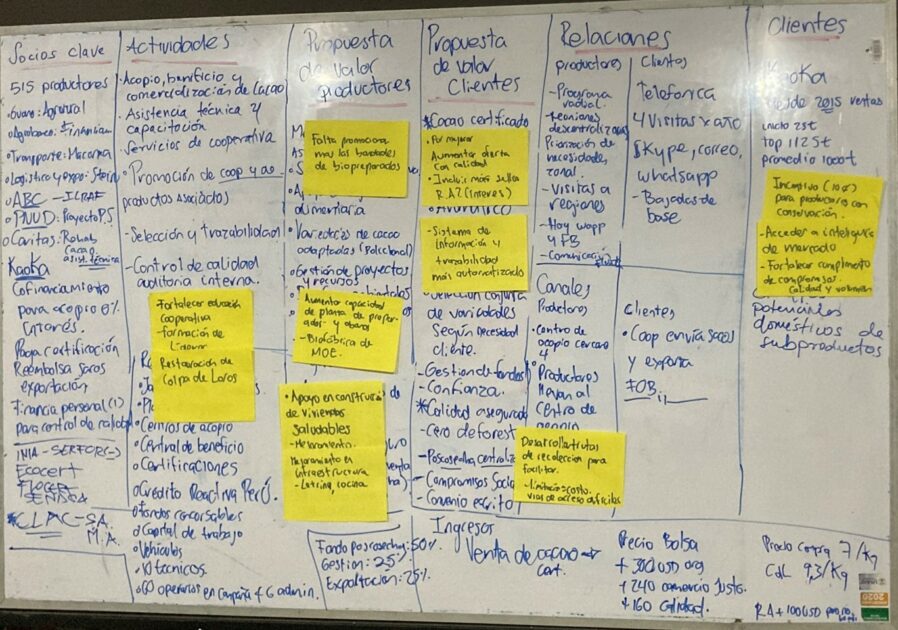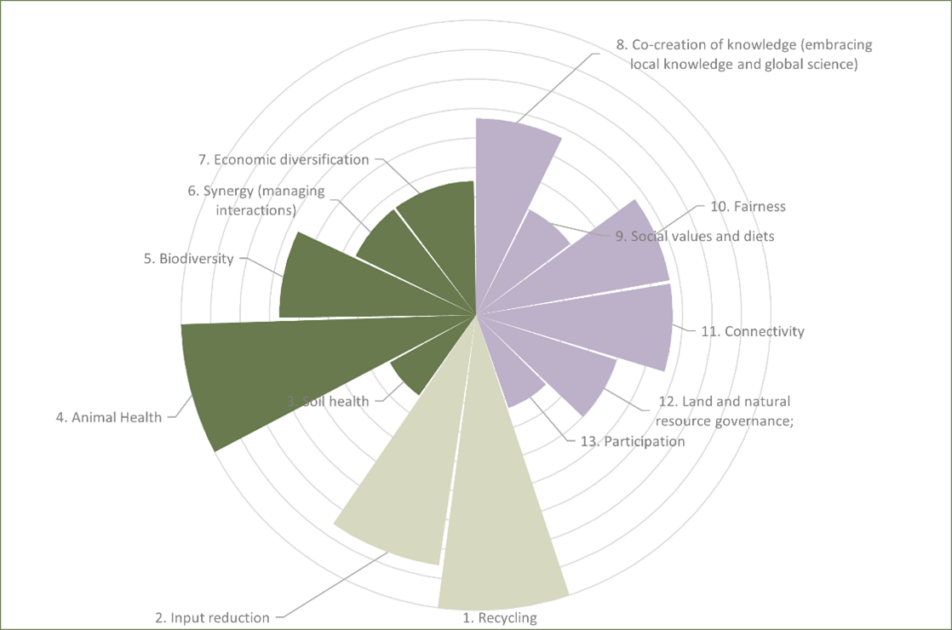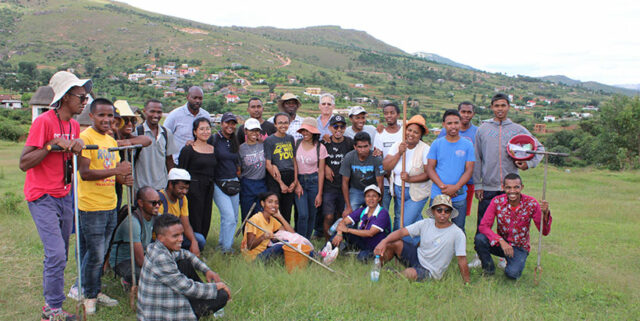
Authors: Manuel Narjes (Alliance Bioversity-CIAT), Ernesto Parra (Cooperativa Agraria de Cacao Aromático Colpa de Loros)
The production of cacao (Theobroma cacao) in agroforestry arrangements is one of the sustainable land use systems conceived within the ecological corridor that is being promoted along the Aguaytía river basin, as part of the Regional Government of Ucayali’s (GOREU) Plan for the Sustainable Economic Development of the department towards 2050.
The importance of cacao production as a main livelihood for many of the small producers along Ucayali’s ecological corridor justifies a first focus on the cocoa value chain as an entry strategy for agroecology in the territory. The participants of the launch workshop of the CGIAR Initiative on Agroecology that took place in July 2022 in Pucallpa nevertheless emphasized their interest in addressing the agroecological transition at the farm level, that is, with a holistic approach that does not exclusively focus on the cultivation of cacao and/or other cash crops. This opens the future possibility of exploring for BM opportunities in “secondary” candidate value chains that result from integrating agroecological principles in the cultivation of cacao (e.g., cacao-plantain intercropping).
The main purpose of this holistic assessment is to incorporate the agroecological lens into the characterization of and business strategy development for the agricultural cooperative of aromatic cacao Colpa de Loros. Within the context of AE-I, inclusive business models (BMs) have been recognized as one of two adaptive scaling strategies conducive to agroecological transitions (the other being coherent policies and institutional arrangements).
The methodological approach underlying this holistic assessment essentially consists of a business model canvas (BMC) that integrates an agroecological performance diagnosis resulting from a preceding step in which Biovision’s B-ACT tool is applied. BMC consists of a strategic management template that visually describes any BM through nine generic building blocks, namely i) key partners, ii) key activities, iii) key resources, iv) value propositions, v) customer relationships, vi) channels, vii) customer segments, viii) cost structure, and ix) revenue streams. A BMC is usually applied to identify potential tradeoffs, opportunities, challenges and needs among these nine building blocks, which need to be addressed to develop new BMs, or to upgrade existing ones.

B-ACT, on the other hand, is a spreadsheet-based diagnostic tool that relies on a set of performance indicators to capture the extent to which HLPE’s (2019) thirteen agroecological principles are being integrated into a business’ activities.
The B-ACT and BMC tools were deployed in that consecutive order during a meeting with representatives of Colpa de Loros’ administrative and technical staff. The key information emerging from B-ACT was strategically assigned to the BMC building blocks to prepare the discussion on how the thirteen agroecological principles may be integrated into the cooperative’s BM. Finally, the strengths, weaknesses, opportunities and threats of improving the BM through the integration of agroecological principles were discussed as part of a SWOT analysis.

Running B-ACT returned a high score for the overall agroecological performance of Colpa de Loros current business model, which further met 92.9% of the agroecological criteria that are relevant under the operational principle of improving resource efficiency, while respectively meeting 58.2% and 53.9% of the criteria under strengthening resilience and securing social equity.

The cooperative’s current sustainability profile serves as a basis to further incorporate HLPE’s (2019) thirteen principles of agroecology into its activities, thereby potentially addressing some of the weaknesses and threats that it faces, which are partially being contemplated in this holistic assessment. For instance, non-compliance with organic farming principles by a single producer member can pose a major threat to Colpa de Loros’ organic credentials, as the introduction of traces of prohibited substances (e.g., agrochemical residues from neighboring industrialized farms) into an export batch of cocoa can lead to costly rejections or even the loss of the cooperative’s organic certification. The prospect of losing the higher price (comprising the Fair-Trade premium and organic differential) and additional benefits offered by Colpa de Loros discourages its members from non-compliance with organic certification regulations. However, donations of organic fertilizer were identified as a potential positive incentive, given that this resource is currently scarce and is needed to close the yield gap for Colpa de Loros producers. Therefore, beyond incentivizing producers to abide by organic production standards, increasing the cooperative’s composting capacity could generate enough organic fertilizer to engage more producers in zero deforestation commitments and conservation/restoration activities. On the other hand, talent development among, for example, young women in the community, could meet the cooperative’s need for increased post-harvest capacity and agricultural extension services, while strengthening employment opportunities that may support the generational renewal in Ucayali’s cacao farming.
References
- Biovision Foundation for Ecological Development. (n.d.). Investing in the Agroecological Business Case. Retrieved from https://www.biovision.ch/en/project/agroecology-business-case/
- HLPE. (2019). Agroecological and other innovative approaches for sustainable agriculture and food systems that enhance food security and nutrition. A report by the High-Level Panel of Experts on Food Security and Nutrition of the Committee on World Food Security, Rome.
- Lundy M; Gottret MV; Ostertag Gálvez CF; Best R; Ferris S. (2007). Participatory market chain analysis for smallholder producers. Good practice guide 4. The International Center for Tropical Agriculture (CIAT).Lundy M; Gottret MV; Ostertag Gálvez CF; Best R; Ferris S. (2007). Participatory market chain analysis for smallholder producers. Good practice guide 4. The International Center for Tropical Agriculture (CIAT).
- Lundy M; Gottret MV; Ostertag Gálvez CF; Best R; Ferris S. (2007). Participatory market chain analysis for smallholder producers. Good practice guide 4. The International Center for Tropical Agriculture (CIAT).Lundy M; Gottret MV; Ostertag Gálvez CF; Best R; Ferris S. (2007). Participatory market chain analysis for smallholder producers. Good practice guide 4. The International Center for Tropical Agriculture (CIAT).



